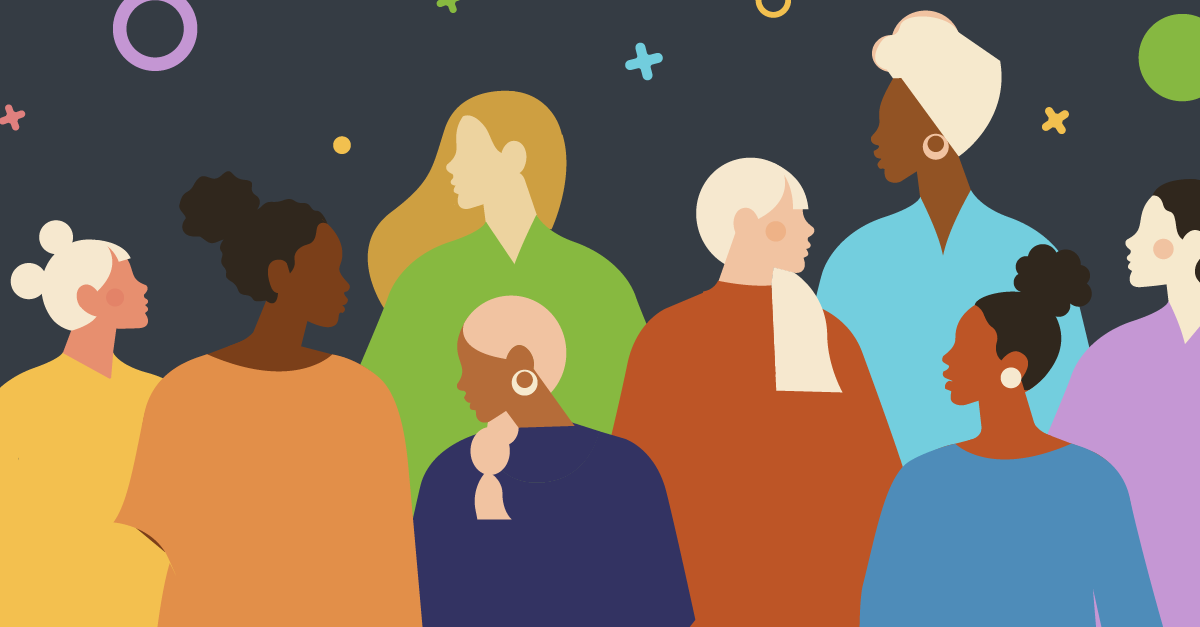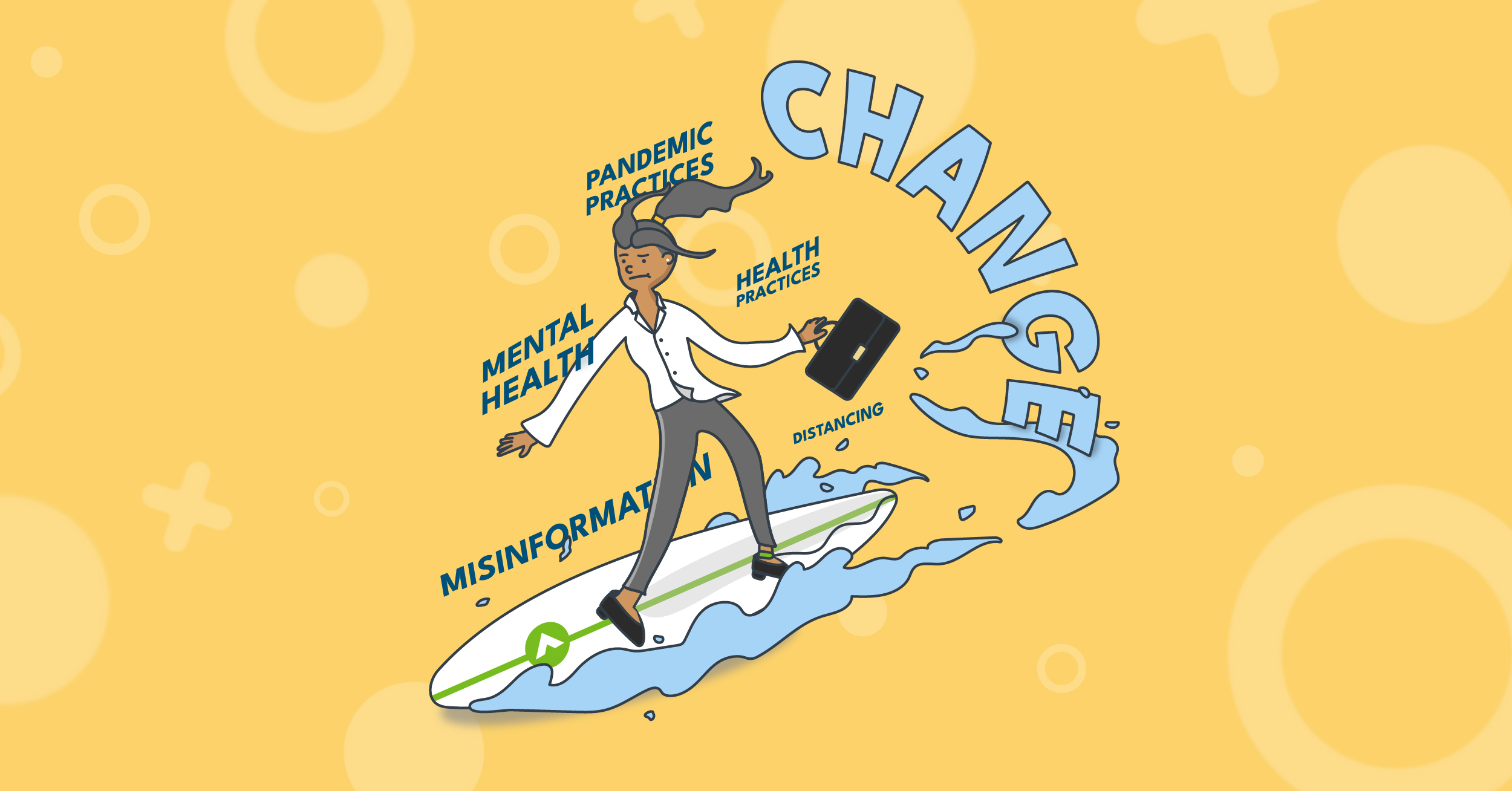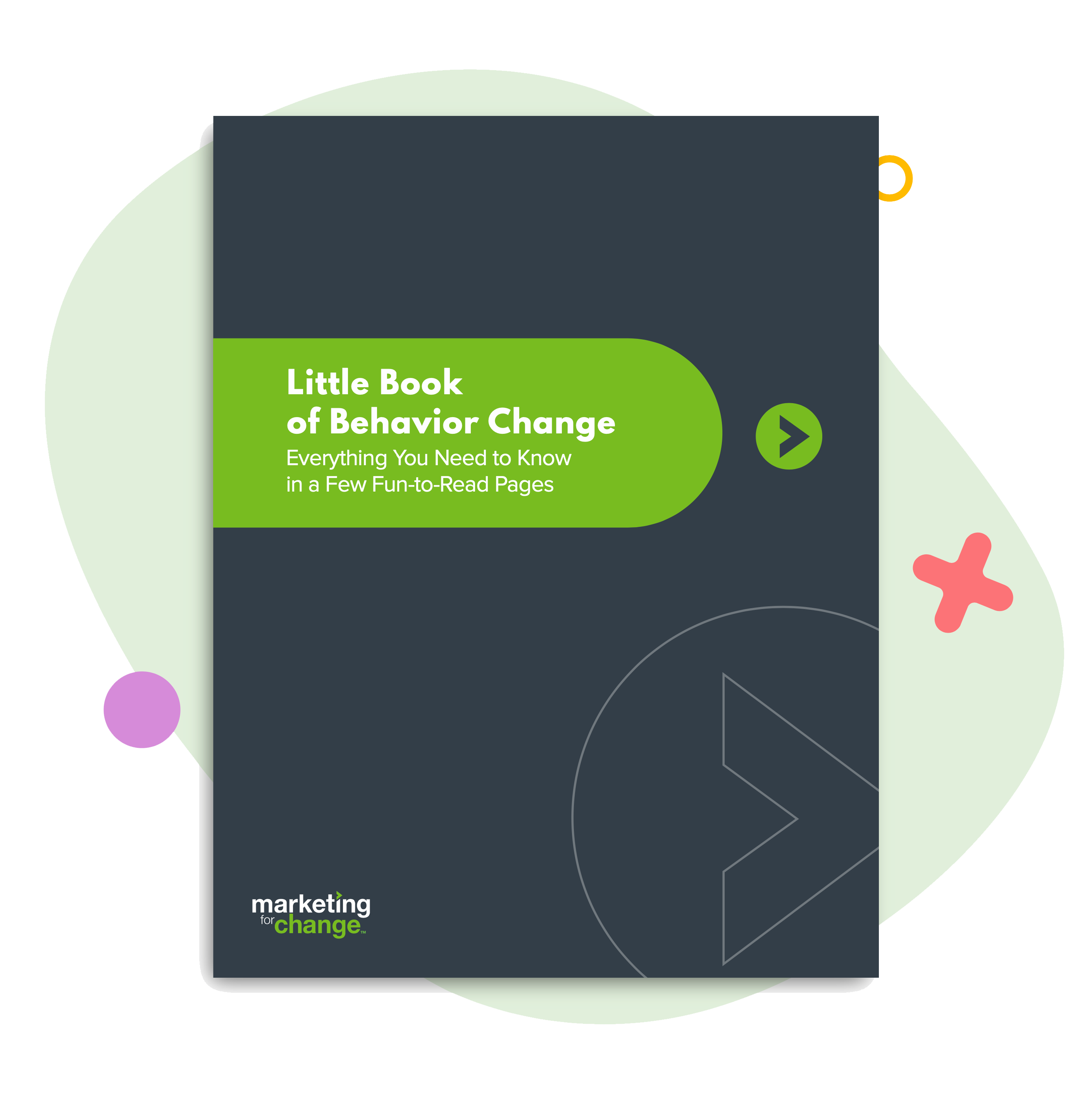
Think Women are Wonderful? Here’s Why That’s a Problem.
Women are more environmentally responsible than men. They are more likely to volunteer and less likely to commit crimes. And they are good for business. Having three or more women on a company board improves financial performance. And female managers are more engaged than men at work — even when they have children at home to take care of. So perhaps it should be no surprise that both women and men tend to have more positive views of women than of men — a bias known as the “women-are-wonderful effect.” Here’s why that’s a problem.
First, what exactly is the woman-are-wonderful bias? Alice Eagly and Antonio Mladinic first researched (and named) the bias in 1994, and it has been documented in multiple studies across dozens of countries in the 25 years since. Researchers ask people to list characteristics of an ideal man or woman — and then rate those characteristics as positive or negative. Both men and women tend to ascribe more positive ratings to characteristics they associate with a stereotypical woman than a stereotypical man. (Importantly, when asked to consider men and women they actually know, the bias disappears).
5 ways the women-are-wonderful effect is not so wonderful
- The bias is strongest where equality is weakest. One clue to why the women-are-wonderful effect is problematic: it is more pronounced in countries with the most gender inequality. Another clue: in societies where individualism is associated with dominance, women are perceived to be more collectivist. But in societies where collectivism is culturally valued, men are seen as more collectivist. In short, the “wonderful” characteristics typically associated with women are also linked to a perceived lack of power. Women-are-wonderful bias is both a justification for gender inequality, and a mechanism that maintains it.
- Non-traditional women get punished. The flip side of the women-are-wonderful bias is that women who thrive in nontraditional power roles often face a powerful backlash. Competence is seen as dominance, and powerful women still make many people uncomfortable. It is the “likability” bias that hampers women politicians. And it’s the critical lens that’s cast on women who succeed in traditionally male industries and roles.
- It excuses bad behavior. As noted above, the more unequal the society, the more generally negative the perceptions of men. Ironically, these negative male stereotypes may in fact reinforce the idea that men are designed for dominance. This lets men off the hook for selfish, harsh, impolite and potentially harmful behaviors, because it also shows respect for the dominance these behaviors signal. In a 2008 paper research paper titled “Bad But Bold,” researchers note: “The saying that ‘boys will be boys’ captures the acknowledgement that macho traits are ‘bad’ while simultaneously accepting male misbehavior.”
- It prevents prosocial behavior. So why are women more likely to be environmentally responsible, and more likely to volunteer? While there is no single cause of this “altruism gap,” one likely reason is feminized spaces become devalued. For example, as the percentage of women in any given field rises, pay falls. So if being green is seen as girly, men shun eco-friendly behavior because of what it might signal about their masculinity. The fact that women are 30% more likely to volunteer also becomes a self-reinforcing cycle.
- It’s bad for men, too. Most studies of gender egalitarianism focus on the benefits for women. But gender inequality can be bad for men, too. Men living in more gender equal countries experience improved health and well-being and lower levels of violence. And as societies become more equal, the women-are-wonderful effect fades away — and men as a group become more positively perceived overall.
So yes, women are wonderful. And in more egalitarian societies, men are wonderful, too.

Sara Isaac is the agency’s chief strategist.





